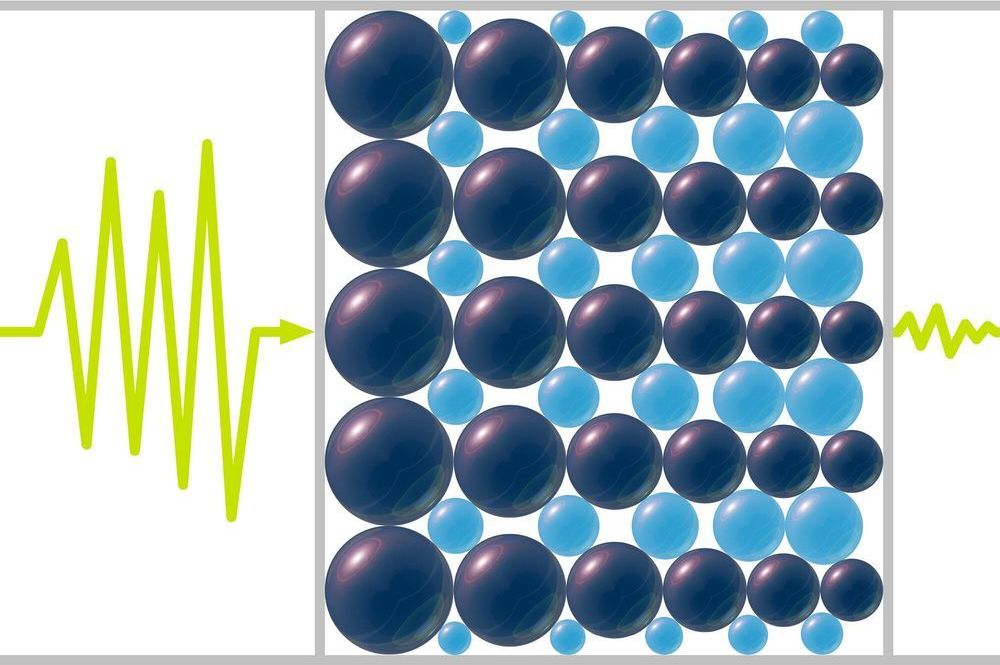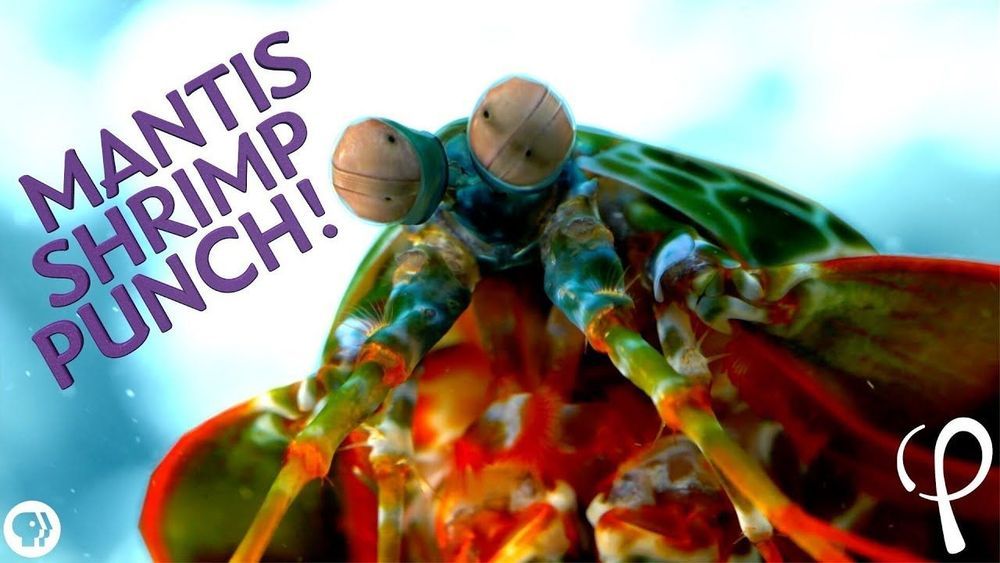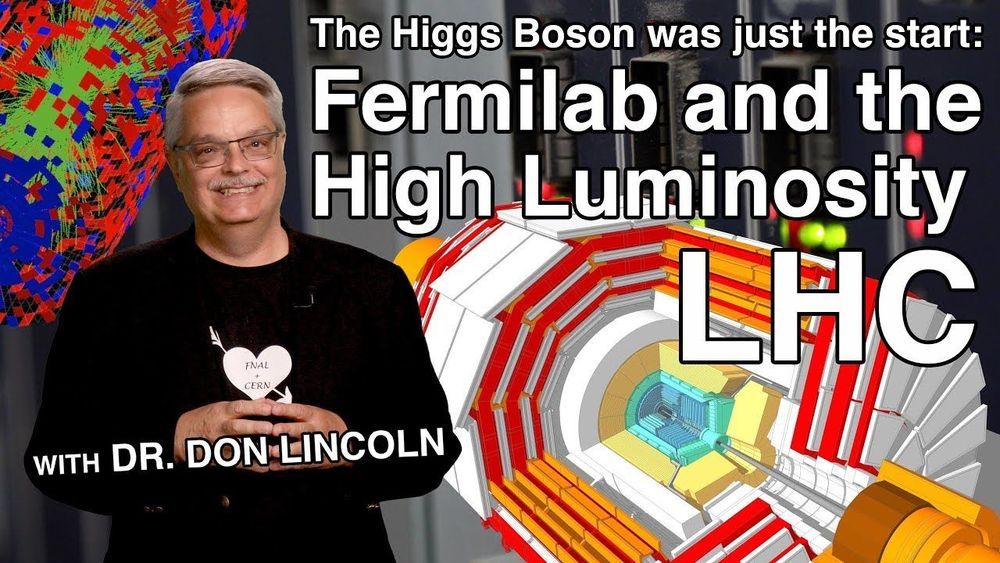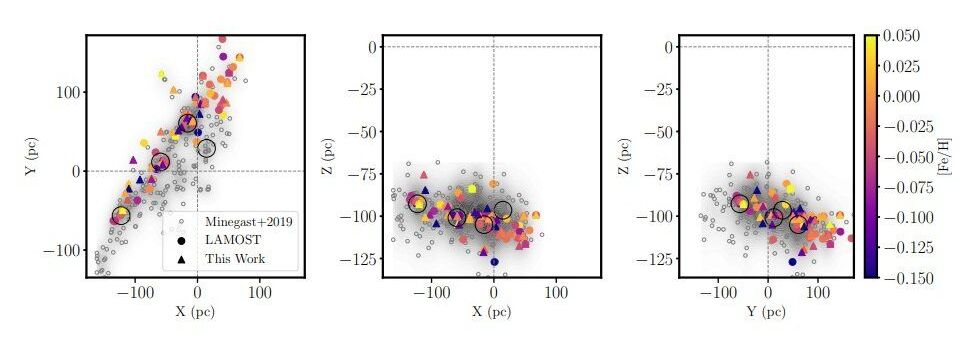On Thursday, March 18, Austin-based Everlywell announced that it will begin selling home tests for COVID-19 beginning Monday, March 23. The business already offers dozens of at-home testing kits for anything from cholesterol levels to fertility to food sensitivities, but it is the first U.S. company to announce an at-home COVID-19 test. Everlywell has an initial supply of 30,000 COVID-19 tests and is working with multiple laboratories to scale that number to 250,000 tests weekly.
The test can be requested online for people experiencing COVID-19 symptoms. To access a test, consumers can go to everlywell.com and complete a screening questionnaire. According to the website, the test is shipped to customers with everything needed to collect a sample at home and safely ship that sample to a CLIA-certified lab partner. (All of Everywell’s laboratory partners conducting COVID-19 testing are complying with the FDA’s Emergency Use Authorization for COVID-19 symptoms.) The samples will then be shipped to partner labs overnight, and secure digital results will be available online within 48 hours of the lab receiving the sample. Free telehealth consultations with an independent, board-certified physician will also be available to those with positive results. The test is $135, at no profit to Everlywell, and is covered by participating HSA and FSA providers. The brand has reached out to government officials to see if the test can be made available for free.








